Historical View
Indo-Pak relations have been bitter since partition in 1947. The relations worsened following the 1965 and 1971 wars over Kashmir. The attacks by Pakistan-based terrorist group Jaish e- Mohammed over a CRPF convoy killing 40 Indian soldiers in Kashmir brought these relations to an all-time low.
Historical view
The relations between India and Pakistan have been very complex due to several political and historical events. The relationship between the two nations has been described by the violent partition of British India in the year 1947, the Kashmir conflict, and the numerous military conflicts that were fought between the two nations. Therefore, even though the two South Asian countries share cultural, linguistic, geographic, and economic links, their relationship has been plagued by suspicion and hostility.
Since the independence of India and Pakistan, both nations have fought three major wars. One undeclared war and both countries have been involved in numerous military standoffs and armed skirmishes. The conflict of Kashmir is the main center point of all these conflicts. Both the countries have made many attempts to improve the relationship—notably, the Agra summit, the Shimla summit, and the Lahore summit. Since the early 1980s, the relations between the two nations have soured mainly after the Siachen conflict, the intensification of Kashmir insurgency in 1989, Indian and Pakistani nuclear tests in 1998, and the Kargil war in 1999.
Certain confidence-building measures were initiated such as the ceasefire agreement in 2003 and the Delhi–Lahore Bus service. These initiatives were successful in deescalating tensions. However, these efforts have been impeded by periodic terrorist attacks. The attack on the Indian Parliament in 2001 had almost brought the two nations to the brink of a nuclear war. The Samjhauta Express bombings, of the year 2007, which had killed 68 civilians was also a crucial point in the relations. Furthermore, the 2008 Mumbai attacks were carried out by Pakistani militants, and this resulted in a severe blow to the ongoing India-Pakistan peace talks
MAJOR ISSUES BETWEEN INDIA AND PAKISTAN
CROSS BORDER TERRORISM
Peaceful and friendly relations between India and Pakistan require an environment free from violence and terrorism. The Pakistan army, highly successful in its use of jihad against the Soviet Union in Afghanistan, unveiled a similar strategy against India from the late 1980s. Pakistan has displayed the capacity to destabilize Kashmir and also foment terror across India. But it has not been able to change the territorial status quo in Kashmir.
For India, security is the top issue and it has refused to resume a series of talks which are known as the composite dialogue until Pakistan takes severe action against Pakistan-based militant groups. India wants Pakistan to show it is serious in reining in the militants behind the recent terror attacks. On the other hand, Pakistan accuses India of backing the separatist groups in its Baluchistan province and also for providing weapons and funding to Pakistan Taliban groups. India strictly denies these charges.
India has dealt with the challenge in a way that is purely defensive. The theory of adopting active defense/forward defense or offensive methods has been figured out only in discussions. Reacting passively with defenses based on fencing on the LoC only reflects the lack of political will. During the Kargil war, the LoC remained secure though there was a heavy cost in terms of a loss of lives. Because of fencing, the Indian Army congratulates itself for reducing infiltration and containing cross-border terrorism. Still, the ISI retains the capacity to despatch fidayeen at a time and place of it choosing in Jammu and Kashmir as demonstrated by recent terrorist attacks in Jammu and Kashmir.
Pakistan Army regards its low-cost, high-gain strategy as very successful and it will not abandon it till it is forced to do so. It will never accept a subordinate position to India, and therefore, continue its quest for parity by using terrorism. One of its crown jewels and a proponent of cross-border terror is the LeT (Lashkar-e-Taiba). The NDA government is now facing a twin dilemma: How to resume the bilateral dialogue with Pakistan in an atmosphere that is free of terrorism and violence and ‘how to respond to terrorist attacks. The key might be doing a surgical strike on terror camps or isolating Pakistan on the global stage.
SIACHEN
The forces of Indians and Pakistani have faced off against each other in mountains above the Siachen glacier in the Karakoram Range, which is the world’s highest battlefield, since 1984. The two sides have been trying to find a solution that would allow them to withdraw troops, but India says it is unwilling to bring its forces down until Pakistan officially authenticates the positions they hold. Pakistan had said that it is willing to do so but on the condition that it is not going to be a final endorsement of India’s claim over the glacier, sources of meltwater for Pakistan’s rivers.
SIR CREEK DISPUTE
Sir Creek is a 96 km (60 miles) estuary in the Rann of Kutch. The Rann of Kutch lies between Sindh on the Pakistan side and Gujarat on the Indian side. The dispute lies in the interpretation of the maritime boundary line between Pakistan and India. Before the independence of India, the area was part of the Sind Province of British India. After the independence of India in 1947, Sindh became a part of Pakistan while Gujarat remained a part of India.
Nevertheless, the creek has little military value, but it holds immense economic gain. Much of the region is rich in oil and gas below the seabed, and control over the creek would have a huge bearing on the energy potential of each nation.
The biggest victim of not solving Sir Creek is that thousands of innocent fishermen from the border regions are routinely arrested by the authorities and their materials and boats are confiscated under the premise of illegal intrusion. It is difficult to know where the boundary starts and ends in the sea. This unawareness added with wind flow, waves, and turbulence that push the boat in the sea makes it very difficult for fishermen.
WATER
The two countries disagreed overuse of the water flowing down rivers that rise in Indian Kashmir and run into the Indus river basin in Pakistan. The water dispute between India and Pakistan is not only serious because of water, but also due to the political rivalry between the two countries. Their rivalry made things more complicated than they really are. The water dispute between the two countries started soon after the partition of the subcontinent in the year 1947. Through the Indus Water Treaty, arrangements to share west and east-flowing rivers were ad hoc. The Indus Waters Treaty between India and Pakistan is a water distribution treaty. This treaty was brokered by the World Bank (which was then the International Bank for Reconstruction and Development). The Indus Water Treaty was signed in Karachi on September 19, 1960, by the Indian Prime Minister Jawaharlal Nehru and the President of Pakistan Ayub Khan. According to this agreement; three rivers: Ravi, Sutlej, and Beas were given to India, and the other three: Sindh, Jhelum, and Chenab were given to Pakistan. The Indus Water Treaty was an outcome of Pakistan’s fear that since the Source Rivers of the Indus basin were in India, it could potentially create famines and droughts in Pakistan, especially during times of war.
Unfortunately, over the years the IWT, too, has failed to pacify the water conflict Pakistan says India is unfairly diverting water with the upstream construction of barrages and dams. India denies the charge.
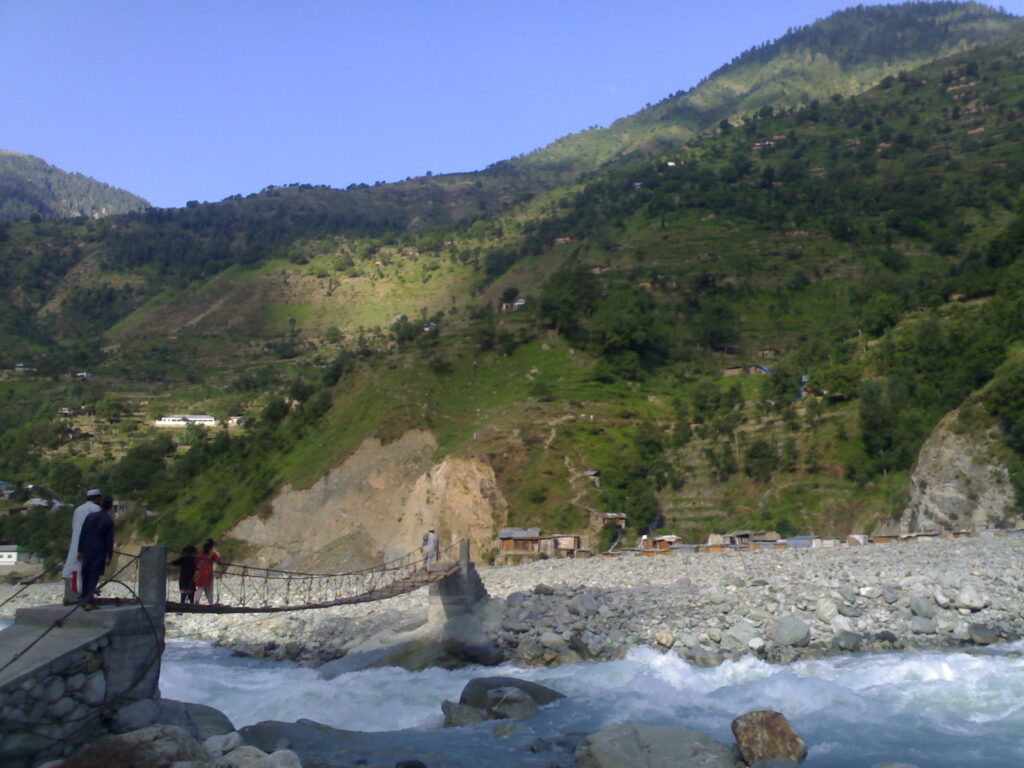
Indus River 
Indus River from Karakoram Highway
COLD START DOCTRINE
Crucial to Cold Start Doctrine is a synergetic effort that was aimed at the destruction of Pakistan’s military potential without much collateral damage. Assuming limited war, the Cold Start Doctrine tried for a quick mobilization to undertake punitive strikes in response to the acts of terrorism by the Pakistan-based militant Islamist groups and incursions such as the infiltration of Kargil in India-controlled Kashmir in 1999, and to make territorial gains of 30-50 miles to obtain post-conflict concessions, i.e., handing over terrorists or shutting down training camps. Declared in April 2004, the Cold Start Doctrine represents a marked departure from the fundamentally defensive orientation of the Indian Army. There is no official reference to the Cold Start Strategy from any of the Indian defense papers. There have been reports that Pakistan is developing low-yield, short-range tactical nuclear weapons (TNWs) to deal with India’s Cold Start doctrine
CHINA-PAKISTAN TIES
The China-Pakistan Economic Corridor can be termed as a ‘game and fate changer’ for the Pakistani government. At the heart of Mr. Xi’s trip to Pakistan was the formal inauguration of the China-Pakistan Economic Corridor (CPEC). The ambitious project, with implications far beyond the economy, would absorb investments up to $46 billion over the next 15 years. It would set up energy and transportation infrastructure and do the groundwork for various industrial parks and smart cities, thereby fuelling Chinese hopes if terrorism en route can be contained of making Pakistan into a new tiger economy in Asia. With the commitment to pour billions of dollars into infrastructure development over the years, China seems to have stolen a march over the U.S. and had emerged as Pakistan’s unrivaled external partner. China’s golden run in Pakistan implies an important mutation of the regional balance of power in Afghanistan and South Asia. Along the corridor from Kashgar, in China’s restive Xinjiang province, to the Gwadar, Beijing would find a point of access into the Indian Ocean at the virtual tri-junction of West Asia, South Asia, and Africa.
UN & INDIA-PAKISTAN RELATION
UN‘s role in India-Pakistan relations can be traced back to 1948 when JL Nehru took the dispute of Kashmir to the UN to resolve it amicably under the UNO. The United Nations had adopted a resolution in 1948 post the partition of India-Pakistan and thereby established the United Nations Commission for India and Pakistan (UNCIP) to investigate and settle the dispute. With the Karachi agreement of 1949, United Nations Military Observer Group in India and Pakistan (UNMOGIP) was set up to where both India and Pakistan report ceasefire violations by each other. Before the 1965 war, the UN India Pak Observation mission (UNIPOM) was established to act as a mediator. Yet the war broke out and after the war when Zulfikar Ali Bhutto frequently used objectionable language in the UNSC meetings, the Indian delegation staged a walkout that had lead to the dropping of the Kashmir issue from the UNSC agenda.
Since then only one resolution on the Kashmir issue was taken up in UNSC 1971 after the war which was vetoed by USSR. UN’s veto-powered nations like Russia and China have often used this platform to strengthen their own bilateral relations with either India or Pakistan without serious consideration of its implications. Currently in issues like Sir Creek UN side-lined itself declaring the issue to be resolved bilaterally. The United Nations had also pressurized the Pakistani government to eliminate the home-grown terrorism for the stability of the Indian subcontinent. Further UN has also appealed to both the countries to refrain from nuclear testing and sign CTBT, NPT.
IMPROVING INDIA-PAKISTAN TIES
India could not find an effective answer to Pakistan’s proxy war and India was not able to normalize bilateral relations (with Pakistan) through the expansion of economic cooperation and an agreement around the status quo in the Kashmir region. Neither side knows how to break this stalemate. There is absolutely no consensus in India or Pakistan, either on the terms of engagement or on the give-and-take policies that must be part of any serious effort to find a new political compact between the neighboring countries. The major divide in Pakistan between the army officials and the civilian leaders on how to deal with India is widely regarded as a stumbling block in the peace process. The internal cracks in India too widened. When in power, both the BJP and the Congress government have engaged Pakistan against great odds but they refused to cut the other slack when they were in opposition.
TRADE NORMALISATION
For a successful Indo-Pak dialogue, there must be a few big-ticket items-political and economic, that will deepen the interaction and undermine vested interests. The first thing India Pakistan is to restore border trades. Trade normalization would benefit producers and consumers in both countries. Today, goods travel from Dubai and Karachi, Delhi to Lahore through Mumbai, thereby making the journey 11 times longer and four times more costly. The attempt towards trade normalization would definitely lead to a reduction in transaction costs and would consequently shift the informal trade flows to formal channels.
Bureaucratic engagement vs. Backchannel talks (Track I Vs Track II/III talks)
In amidst of the less trust among the India-Pakistan government after the Pathankot attack, the utility of the back-channel talks has again surfaced. Both governments want to engage, but the attack has dented the momentum of the process.
Conclusion
Both countries need to understand that regional integration is at stake because of India-Pak roughness. Working together and consensually in regional co-operation can bring positive change in South Asia. Connectivity, both physical and economic is the key to India-Pakistan’s future, not any nuke race or military modernization.


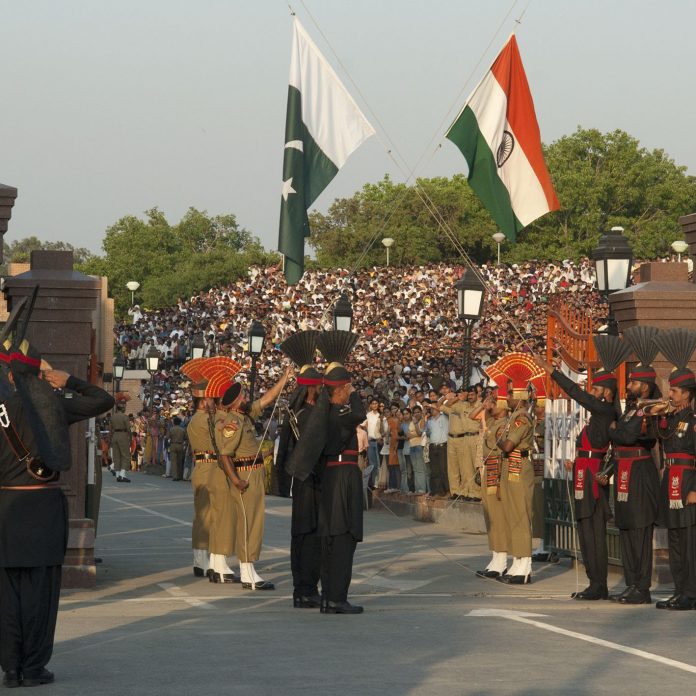

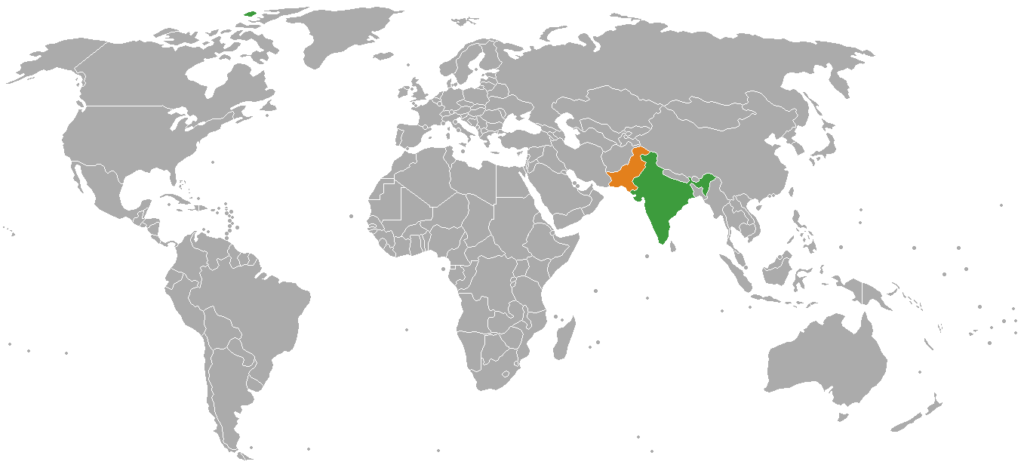

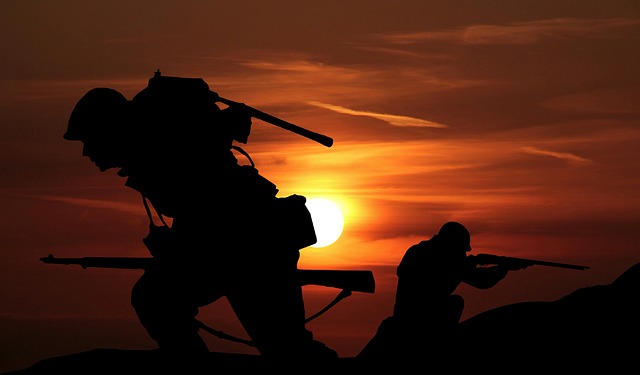


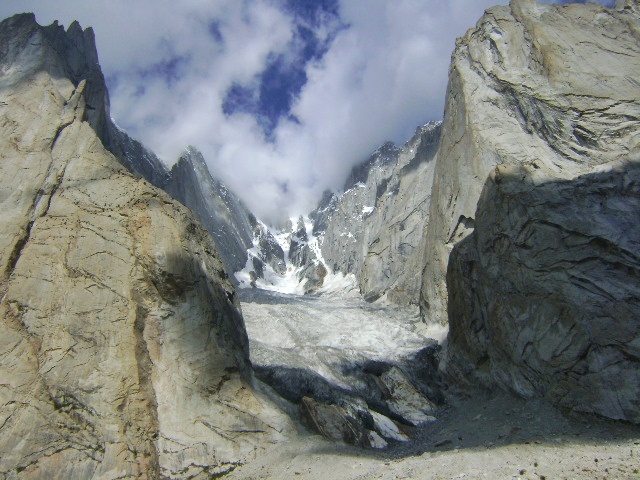

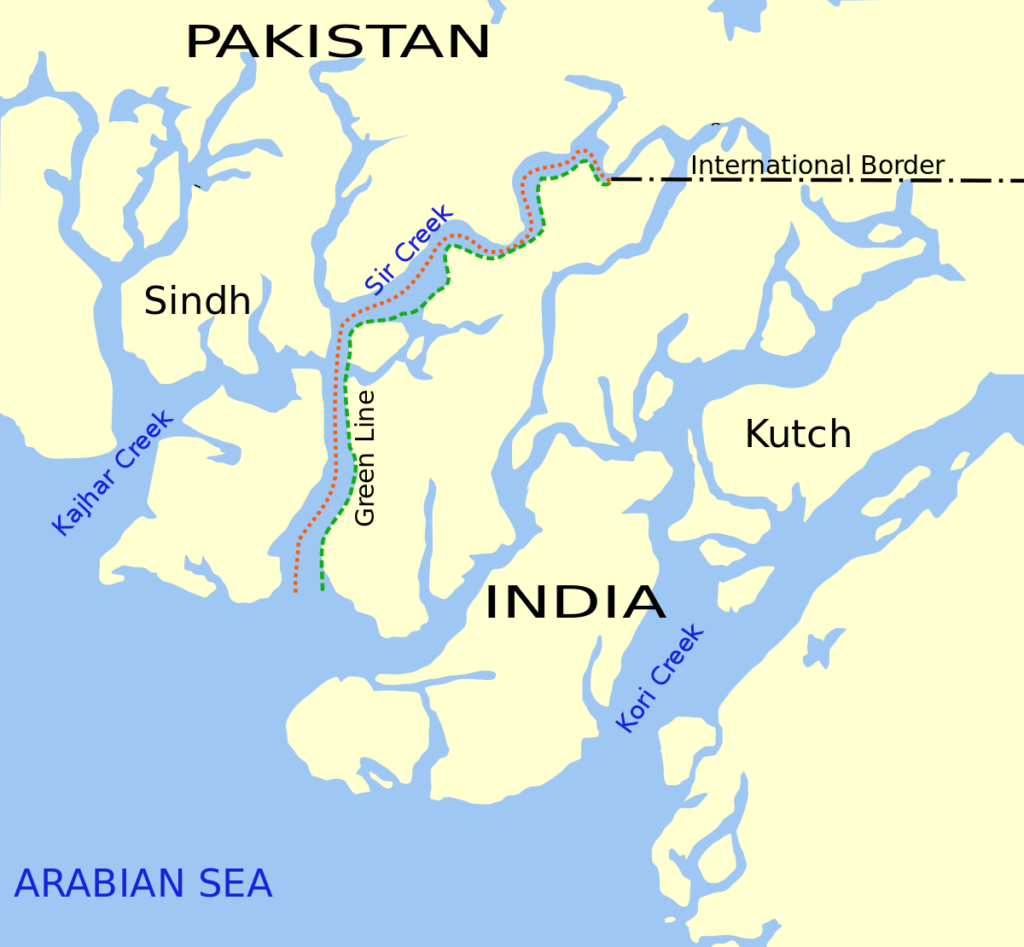
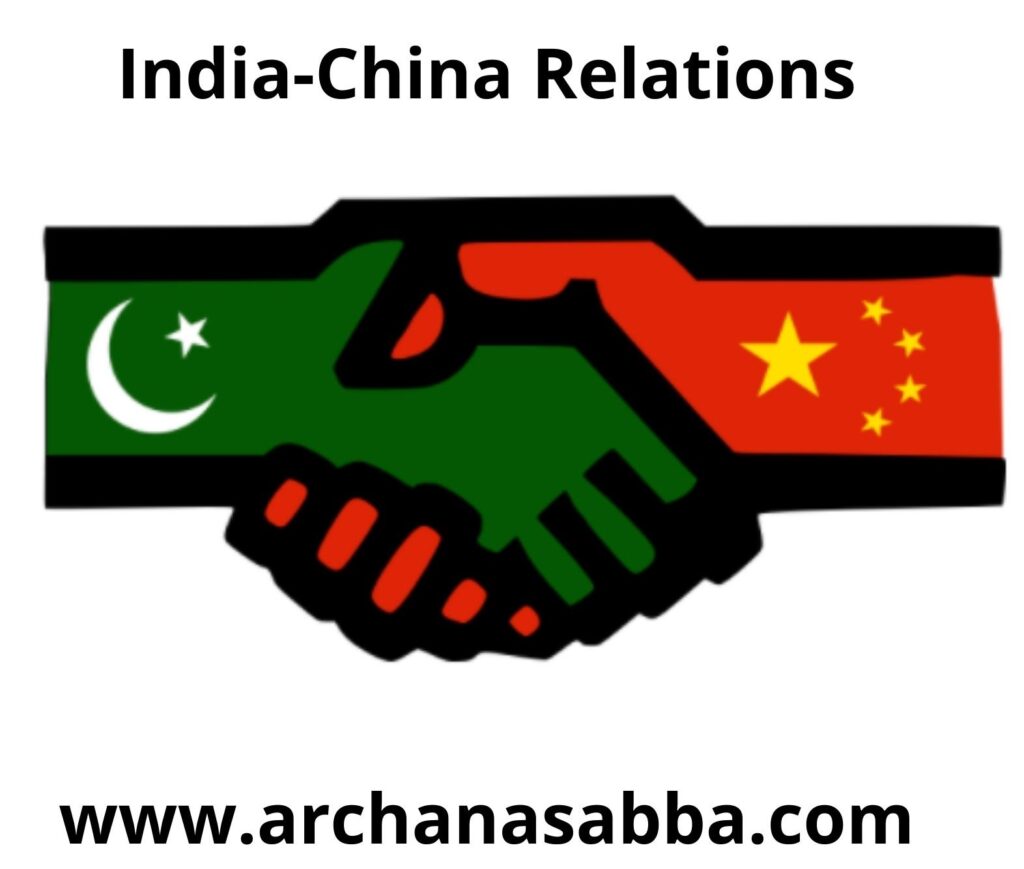


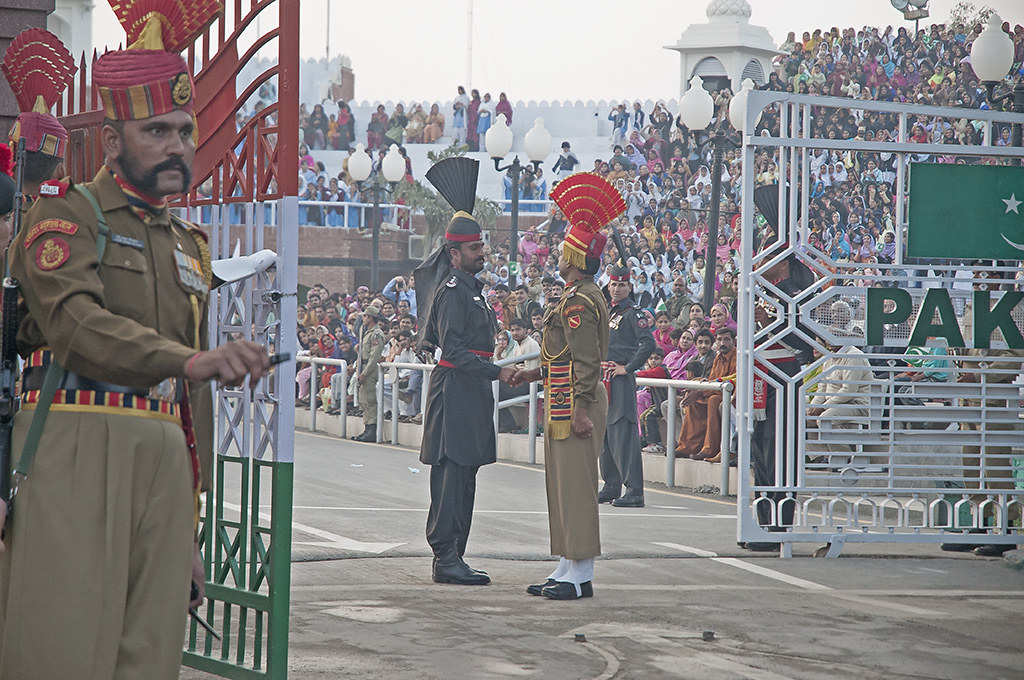







Excellent blog here! Also your web site loads up fast! What web host are you using? Can I get your affiliate link to your host? I wish my web site loaded up as quickly as yours lol
hi! I love your writing very so much! I need an expert on this space to resolve my problem. Maybe that’s you! Taking a look forward to look you.
I take pleasure in reading your articles. Additionally, thanks for permitting me to comment!
I’m still learning from you, while I’m making my way to the top as well. I definitely love reading all that is written on your site. Keep the articles coming. I enjoyed it!
Thank you
I have been exploring for a little for any high-quality articles or weblog posts on this kind of area . Exploring in Yahoo I eventually stumbled upon this site. Studying this information So i am happy to convey that I have a very excellent uncanny feeling I found out just what I needed. I will bookmark this site and will look for it on a relentless basis.
Wow, marvelous blog layout! How long have you been blogging for? you made blogging look easy. The overall look of your site is fantastic, let alone the content!
You should take part in a contest for one of the best blogs on the web. I will recommend this site!
Thank you
Excellent site. A lot of useful information here. I am sending it to some buddies. And naturally, thanks for your sweat!
Welcome
Glad to be one of many visitors on this awful web site : D.
Thank you